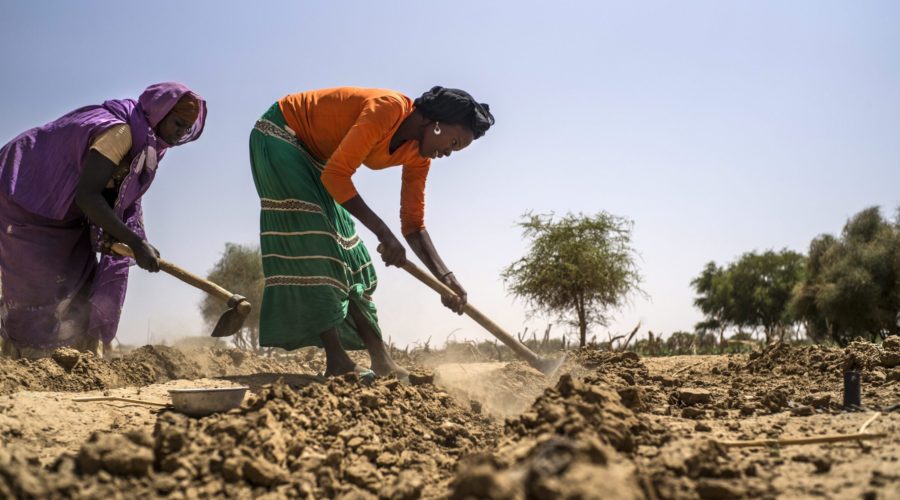The hurricane affected approximate 2.1 million people. It damaged and destroyed infrastructures and people’s homes and livelihoods, and disrupted basic social services, mainly in rural areas. Haiti is on the trajectory of seasonal cyclones and is regularly affected by particularly severe natural disasters – the country with the highest hurricane vulnerability index in the small island region, 12.9 on a scale of 13. More than 98% of Haitians are exposed to two or more types of disasters such as floods, landslides, droughts, earthquakes and hurricanes. To respond to these many recurrent needs, the response to crises in Haiti must extend beyond emergency humanitarian and rapid recovery to address underlying vulnerabilities, structural deficiencies, and lack of resilience of the Haitian population.
Humanitarian and development actors, as well as the government, agree that most humanitarian needs are due to a lack of development. In order to better assist the Haitian population in meeting their own needs in the face of disasters, stronger and more effective synergy between humanitarian and development as well as more effective public policies should be ensured.
The Humanitarian Coordinator invited a Peer-2-Peer Support mission to work with the humanitarian team in Port au Prince (with a field visit to Les Cayes) to look at ways to strengthen the response. The Peer-2-Peer team was supported by senior representation from UN agencies (UNDP) and NGOs (Action Contre la Faim) to reflect the inter-agency nature of the humanitarian response on the ground.



